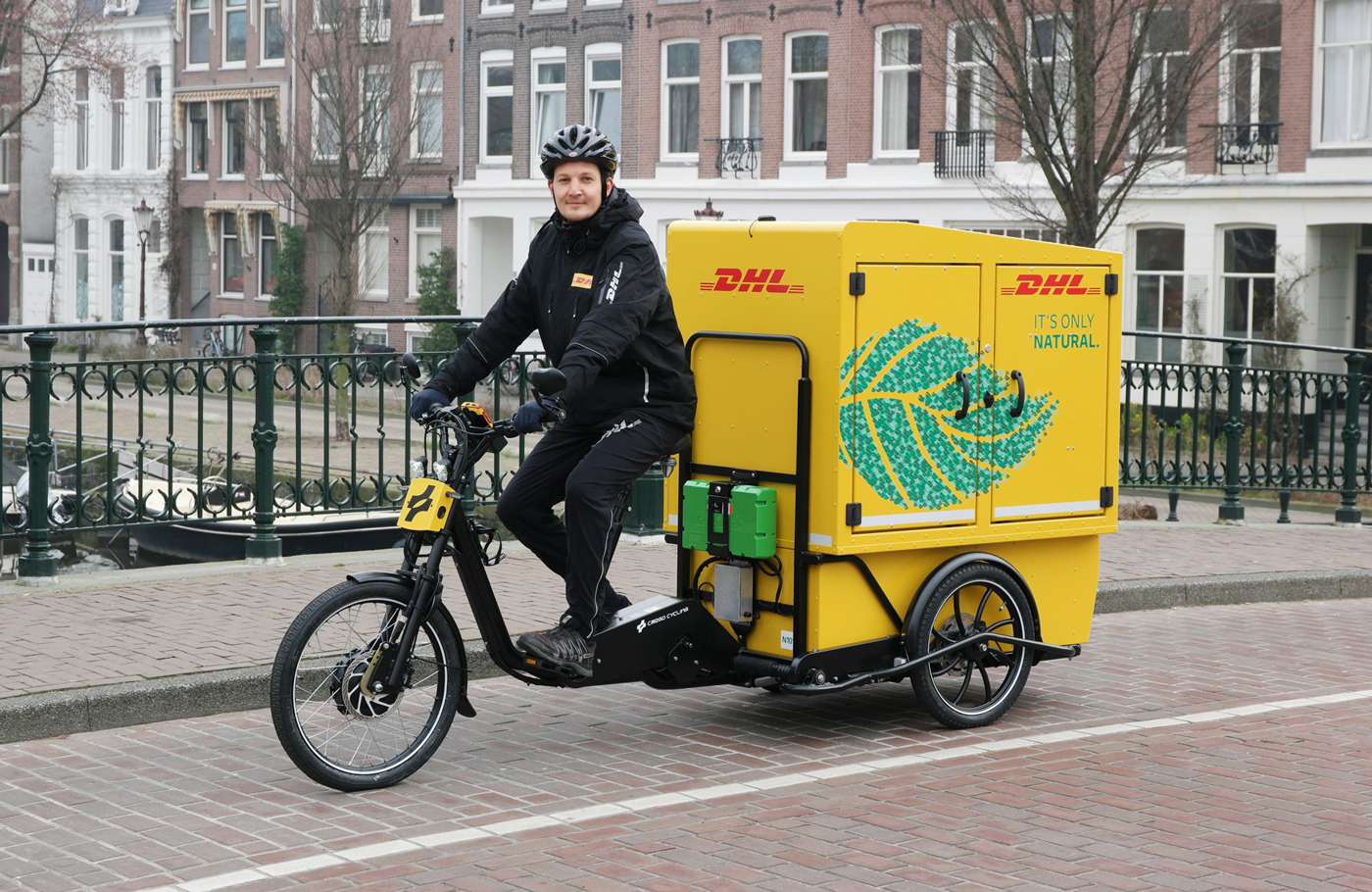Land use development and transport planning integration are vital
Land use development and transport planning integration are vital
Land use development and transport planning are not isolated silos that can happen independently of each other, as GERARD DE VILLIERS explains.
Land use development in urban and rural areas should preferably be undertaken according to established norms and standards, as provided in town and regional planning guidelines. It is fair to assume that this happens most of the time in most places. Similarly, transport planning should be done according to well-developed planning guidelines, policies, and legislation. This is also happening most of the time in most places. What is probably not happening as it should is the integration of these two disciplines to ensure that land use and transport planning occur in close alignment.
Increasingly, we find situations where the provincial or local transport planning department has a clearly set out planning framework in place. Within this framework, certain roads, routes, or corridors are prioritised, while new residential or commercial developments appear – almost out of the blue – in areas where roads have not yet been provided or prioritised to be developed. This is similarly true for other bulk services such as water, sewerage, electricity, and stormwater drainage. Nevertheless, we will focus on transport for this discussion.
This apparent conflict in planning is not only a challenge for new developments, but is also prevalent in increasingly congested urban precincts, where the various transport modes used for freight movements compete with passenger and other transport for limited space. There are numerous shopping centres in South Africa where public transport facilities for minibus-taxis have not been provided or are insufficiently provided for the demand at those nodes. Similarly, trucks are often using public roads, pavements, or parking spaces for offloading, because loading bays are absent or insufficiently provided.
Demand for transport
The traditional view of transport is that it is a derived demand based on some form of land use development or economic activity that generates or attracts passengers or freight. This is indeed correct and applies in particular to the need for passenger transport, whether by private or public transport. However, it is also true that transport induces development, where existing transport infrastructure such as roads, railways, ports, and intermodal terminals attract potential developers. This implies that demand for passenger transport services is in general derived, while freight transport services encourage development and hence induce demand.
This reality suggests that it might be more important to model the movement of passengers and freight rather than the respective vehicles, as has traditionally been done in transport planning. The result will provide more useful information to ensure that accessibility and mobility are properly designed for the movement of people (as individuals) as well as the movement of goods in breakbulk (cases or pallets) rather than in truckloads.

City logistics
From a freight perspective, city logistics is defined as moving freight from origin to destination in the most cost-effective way by integrating the respective transport modes on the corridors of movement through the city, to the city, from the city, and within the city precinct, in an integrated system of links and nodes of freight terminals and distribution centres. However, passengers are likely using the same corridors of movement not only directly to passenger terminals, but with collection and drop-off points along the routes. There is no doubt that moving freight and passengers along the routes will result in a clash, particularly in the inner cities, where space is limited.
Non-motorised transport (NMT)
It is important to be a bit more specific about the respective movements of freight and passengers to distinguish between motorised and non-motorised transport. The last part of the journey for freight to a destination is referred to as the “last mile” and when that last mile is in the inner city, NMT options include cargo cycles such as the DHL Cubicycle. More recent cargo bike developments from DHL include their Cargo Chariot. For passengers, NMT options include walking and cycling, hence the increased replacement of on-street vehicle parking spaces with cycle lanes and more space for pedestrians.
Sustainability
The development and increasing popularity of these NMT options for freight and passengers is happening at the same time as global attention is turning to more sustainable forms of transport. This is indeed where we should be headed, but it is important to realise that this is (and should be) changing design philosophies, policies, norms, and standards. Planning and design must adapt swiftly to new imperatives of having charging stations for e-bikes and electric cars, buses, and trucks, while the need for on-street parking and even parking garages is disappearing fast. Some traditional fuelling stations are now being considered for conversion to charging stations. These changes are also impacting the provision of bulk electricity services as the demand for rapid charging increases.
The way forward
If we are serious about the just transition to sustainable transport, we need to shift our minds towards preventing private cars from entering inner cities, and redesigning roads and corridors to support sustainable and liveable cities that can breathe and prosper. This obviously requires suitable public transport alternatives.
We still need to get people to work and deliver freight to corner cafés and retail shops. This includes accessibility for all, regardless of their abilities. This is where sustainable public transport, NMT-friendly options, and micro-hub distribution strategies need to be developed and incentivised.
Finally, this can only be achieved if land use and transport planning are integrated at district, municipal, provincial, national, and even multi-national regional levels.
Published by
Gerard de Villiers
focusmagsa




